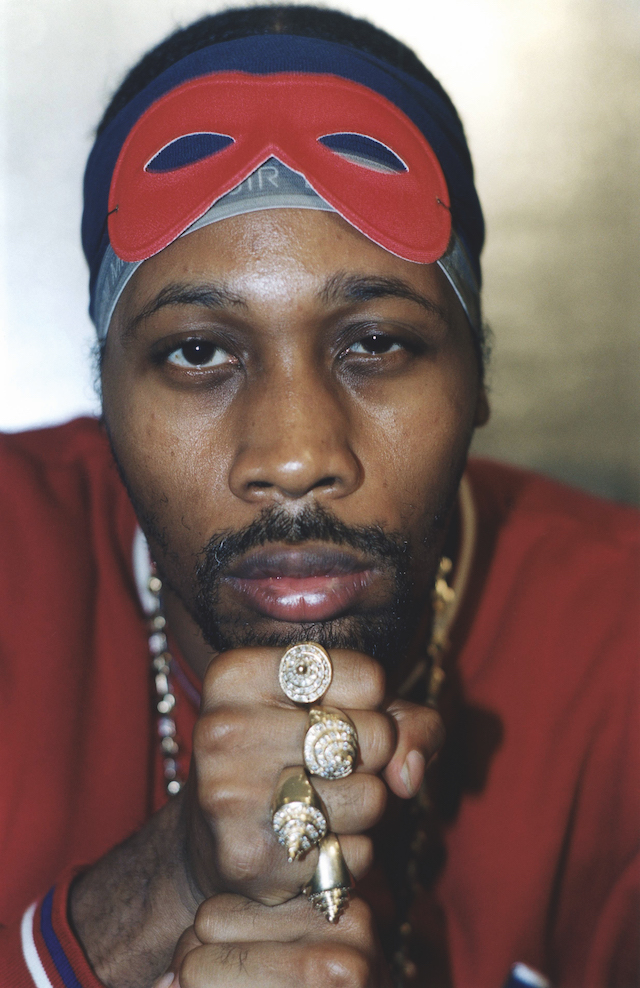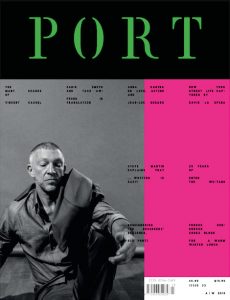From its earliest forms in the 1970s, rhythmic invention has been an integral facet of hip hop – a complex art form, which, for the founder of music label Big Dada, jumps straight from the record to the page

Hip hop is rhythm squared. Hip hop is rhythm freed. In the early 1970s, a Jamaican émigré, Clive Campbell, imported the soundsystem culture he remembered from his early childhood and began playing parties in the Bronx. The chief innovation of Campbell, better known as DJ Kool Herc, came when he began buying doubles of records, so that, using two turntables and a mixer, he could cut back and forth between the most rhythmically intense and exciting sections of those records – known as the breaks – to keep the crowd dancing, a looping process he called the merry-go-round. Herc had invented or discovered a manual form of sampling. The further developments of hip hop as a musical form – pulling the record back and forth under the needle to make a high-pitched, percussive scratching noise; MCing, that is rapping and chatting over those extended breaks – all flowed from this initial innovation.
Technology (or more accurately speaking, the misuse of technology), however, took another 15 years to catch up. Only in the mid- to late-’80s did the machinery needed to really play around with the sampling and sequencing of music become both cheap and manageable enough to move out of super studios and the set-ups of ageing rock stars, and into the hands of people with the imagination and flexibility to do something interesting with it. In the meantime, hip hop practitioners had to make do with ingenuity, amply demonstrated by the use of pause-button tapes, where a loop would be constructed by recording a break to cassette, pausing, putting the needle back in the right point of the groove and taking the pause off, over and over and over again. In fact, Hank Shocklee of the Bomb Squad has claimed that the demo version of Public Enemy’s first single, ‘Public Enemy No 1’, was made using a pause-button tape and then reproduced in the studio by the engineer making a physical loop on two-inch tape.
The year 1986 also saw the release of ‘Ego Trippin’’ by Ultramagnetic MCs. Probably most renowned for introducing the unique flow and lyrical ideas of Kool Keith, the tune was built on the first use of one of the all-time great hip hop breaks. ‘Synthetic Substitution’, by Melvin Bliss, contained a rock-solid lump of funk, played by Bernard ‘Pretty’ Purdie, a drummer renowned for his shuffling – intricate triplet-based cymbal work – but here just laying it down hard on kick and snare, with only the simplest squirt of open hi-hat sprayed over the top like lemon juice. Sampled at some ridiculously low bit-rate, crunching with fortuitous distortion, it actually sounds as if Purdie is carving an essence out of granite. And that essence is what came to be known as boom-bap, a kind of rhythmic essentialism or celebration, in which human movement and expression is boiled down to the joyful interaction of two simple elements.
Boom-bap is, of course, onomatopoeic shorthand for the kick drum and snare rattling out a rhythm: boom bap, b-boom boom bap. According to the British journalist Phillip Mlynar, the term originates from the outro adlibs on T La Rock’s ‘It’s Yours’, from 1984; but it’s an expression most bound up with the hip hop of the early 1990s. Indeed, KRS-One, whose 1993 album Return of the Boom-Bap helped to define the genre, says it’s “a style of music where the drums are highly emphasised, even exaggerated and distorted”. Part of the magic of hip hop lies in its ability to liberate two or four bars of drumming from their original role as supporter, or understated time-keeper, and make them central to the listening experience. This is what it means, in the words of James Brown (the spiritual father of hip hop), to give the drummer some.
That isn’t all, though, as ‘Ego Trippin’’ amply demonstrates. On it, Kool Keith famously says of older, more traditional MCs, that “they use simple back and forth, the same old rhythm/ That a baby can pick up and join right with ’em.” He and producer/MC Ced Gee pioneered a new style of rapping: pushing and pulling hard at the beat and hence adding extra layers of polyrhythmic complexity to the music. The break from ‘Synthetic Substitution’ is the perfect foundation for these innovations in that it provides such a strong, unambiguous anchoring.

For this reason (as well as for its unconquerable brilliance), it would go on to become one of the most sampled of all hip hop breaks, at a time when MCs were experimenting with the ways in which they could expand the rhythmic possibilities of rapping. My personal interest in it comes from the fact that it’s the most used break on the Wu-Tang Clan’s debut album Enter the Wu-Tang (36 Chambers), which turns 25 this November and which I’ve spent the last couple of years studying, thinking and writing about. The ‘Synthetic Substitution’ break is the ideal backdrop for a crew of nine MCs, all of whom rap in aggressive, explosive, uniquely personal styles. It’s the anchor to stop the whole thing from fracturing in every direction at once, the central bank which guarantees they can cash their stylistic cheques.
Until a few years ago I ran a rap-based record label and before that I wrote about hip hop and related musics, meaning that I’ve had 25 years in close contact with hip hop, and I’ve often been asked what effect this has had on my writing. It would be an exaggeration to say that the polyrhythmic complexity of rapping has influenced my prose – the polyrhythmic complexity of rapping is far beyond my abilities – but it’s certainly been there as an ideal. There’s a notion of flow in rap, which operates a little like the concept of swing in jazz… words which have flow, which lift you up and carry you along, which work not only because of what they say, but how they say it.
Making the transition from fiction to non-fiction, though, I noticed a whole host of new correspondences between what I was doing and hip hop. My method as a nonfiction writer is to shape other people’s thoughts, insights and discoveries into new patterns, using their words as my samples (all carefully credited!) in the hope of creating collages that in some way transform the source material or, by setting it in a different context, make it new again. Plus, this being nonfiction, there’s an obsession with keepin’ it real, an early-90s boom-bap catchphrase if ever there was one.
What is rhythm? If you think of it as making patterns in time then the placement of samples is a rhythmic pursuit, too. The idea is suggested by the RZA’s production on that debut Wu-Tang album. The RZA, you see, shows you all the edges, so that you don’t just hear the contents of the sample, but the shape of the sample itself – or rather, the shape of all the samples and the way those samples interact. Among hip hop producers he is one of the premier exponents of the use of space, and part of what he uses this space for is so that there’s room for you to admire the seams, to revel in the intricacy of the patterns he’s creating, on both levels at once.
This revelation prompted me to start looking for the perfect beat for my subject matter – trying to find a deeper structural rhythm for what I was thinking about – and indeed determined the shape of the book I was working on, Chamber Music. It’s not a huge step from this idea to wondering whether finding this underlying, structural rhythm could be the absolute key to writing (or reading) any particular piece of work. Then again, it doesn’t take much sleight of hand to suggest that all of human endeavour adds up to making patterns in time; hence rhythm is fundamental not just to writing, or reading, but to living, too. I’m yet to find the break strong enough to hold together that particular idea but, believe me, when some cratedigger finally dusts it off and loops it up, that particular, universal, beat will no doubt blow your mind.

This article is taken from issue 23. To buy the issue or subscribe, click here.